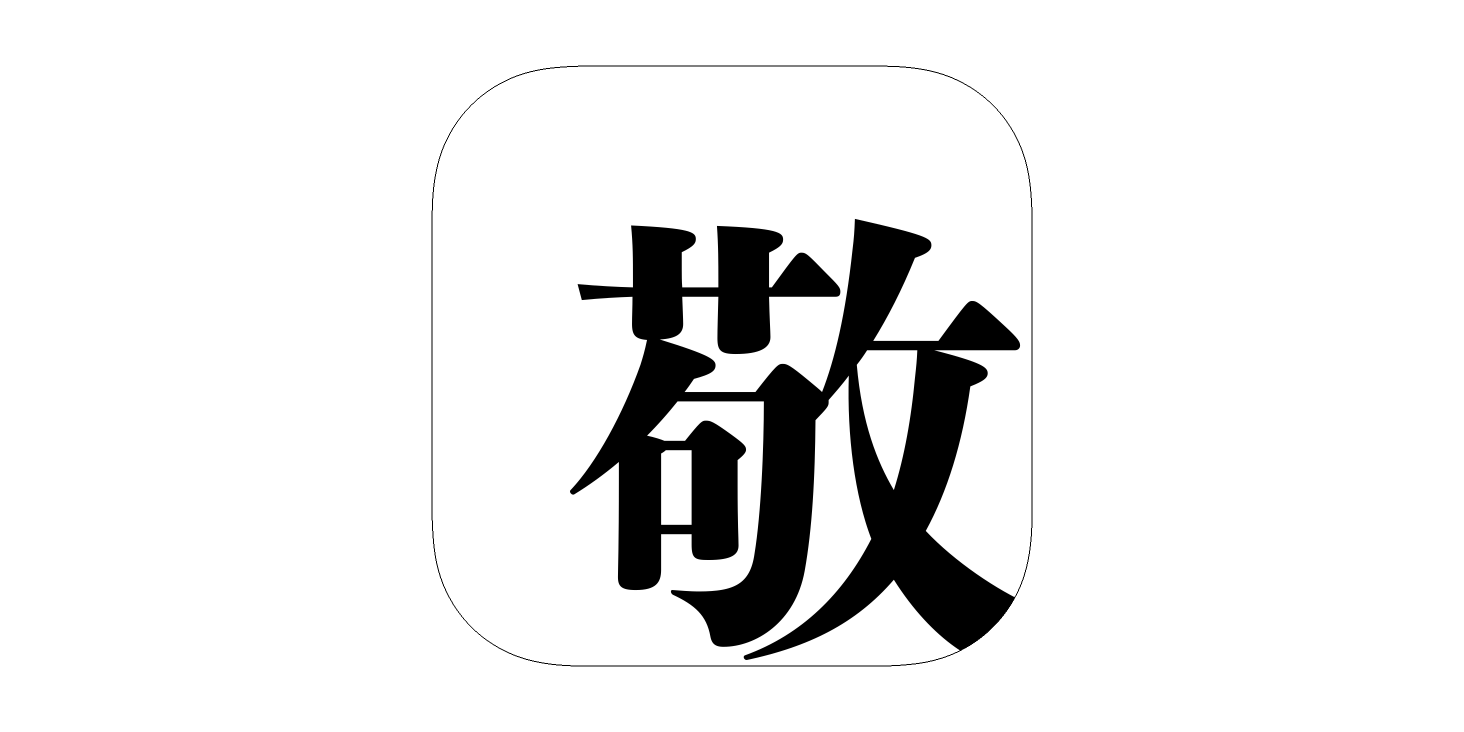Japanese honorifics learning blog Launched

To turn the honorific translation app into a “learning honorific app” as originally planned, I launched an explanatory blog and made it readable within the app.
https://敬語.jp/Due to various circumstances, I ended up writing the articles myself.
(This article is a reflection on approximately one year since launching “Keigo.jp” on January 16, 2022)
The Ambiguity of Honorifics
Honorifics turned out to be more ambiguous than initially expected when starting the business, with impressions varying greatly between individuals even for the same honorific expressions.
Even expressions often heard as “incorrect honorifics” are considered clear linguistic corruption by some researchers, while others view and research them as new honorific expressions. If I were to write considering all such various claims, the articles would become long and boring, with inconclusive conclusions.
After much consideration, I solved this by narrowing the target to “when people in their teens to thirties use them with superiors in their forties to sixties.” This age gap is really when people struggle with honorifics, isn’t it?
The Current State Where There’s (Almost) No Way to Learn Honorifics Correctly
I first learned when launching the honorific business that in present-day Japan, it’s nearly impossible to easily learn honorifics while avoiding so-called “fake manners.”
If you want to learn a proper honorific system, you should read either “Keigo” or “Keigo Sainyumon” by linguist Yasuhito Kikuchi, then read the Agency for Cultural Affairs’ “Guidelines for Honorifics,” but this seems too challenging for job-seeking students or new graduates to study.
The “Guidelines for Honorifics” in particular, perhaps because many honorific researchers were involved, has contradictory explanations in places, making judgment difficult.
Also, articles found through web searches often explain that “XX is wrong because it’s double honorifics,” but many actually include correct honorifics that aren’t double honorifics, such as “onegai itashimasu” (I humbly request) or “choudai itashimasu” (I humbly receive).
In the first place, while double honorifics may be unnatural in modern times, they almost never cause the other party to become indignant, so they’re not that important.
Rather, “condescending language” like saying “haiken shite kudasai” (please look [using humble form for yourself]) to someone else has a much higher risk of angering them, yet explanations of this are somehow scarce.
I also frequently see the lie that writing “shite kudasai” or “shite itadaku” with kanji characters is incorrect Japanese.
Thus, with so many articles explaining honorific manners that someone forcibly created to gain views, there’s an absurd situation where the more earnest people who try to study by reading online articles, the more they memorize manners that are only commonly seen online.
What I personally find frightening is that these fake manners created by someone might someday become real manners. Currently, there’s no problem since more people think “such manners don’t matter,” but as ten or twenty years pass, they might become common sense, making already complicated honorifics even more troublesome.
Therefore, Keigo.jp aims to be a blog where people can easily learn the honorific system that has existed for a long time and is still valid today, based on the “Guidelines for Honorifics” and Mr. Kikuchi’s books, while pointing out such fake honorific manners.
Articles I Struggled With, Favorite Articles
The article I struggled with most was about “sasete itadaku,” which I rewrote many times over about four months.
This is because while the Agency for Cultural Affairs’ definition emphasizes the condition of “having permission” from traditional usage, most people today don’t know this condition. I myself didn’t know this until I started the honorific business.
It’s difficult to explain that words we hear and see daily aren’t actually being used correctly, and it’s even more difficult to explain why it’s better not to use them. I think it’s still hard to read, so I want to continue refining it.
My favorite article is “Yoroshiku onegai itashimasu.”
There’s a fake manner that says “Writing ‘Yoroshiku onegai itashimasu’ is incorrect and rude to the other party.” If you search the web, many articles were written in 2017, so this manner apparently became popular around that time.
When I searched Google with date restrictions, the oldest article saying “Yoroshiku onegai itashimasu” is incorrect was from January 2016, and the oldest saying “onegai itashimasu” is incorrect was from January 2015. (Strictly speaking, the oldest explanation that “onegai itashimasu” is incorrect is from an article in September 2014, but this is excluded as it was limited to official documents)
Just a light investigation of novels in Aozora Bunko shows it’s been a commonly used writing style for decades. So it’s obvious that this is a manner someone fabricated, but I was also fooled for a while.
Before writing this article, I researched over a hundred articles using web searches for “yoroshiku onegai itashimasu,” “yoroshiku onegai itashimasu rude,” “yoroshiku onegai itashimasu correct,” etc., but I couldn’t find a single one explaining that “‘Yoroshiku onegai itashimasu’ is correct writing and not rude to the other party.”
So perhaps this article might be the first in Japan. Even if not, it’s surely contributing to spreading awareness, so I’d be happy if in the future I hear people say “I thought ‘Yoroshiku onegai itashimasu’ was rude, but it’s actually correct writing.”